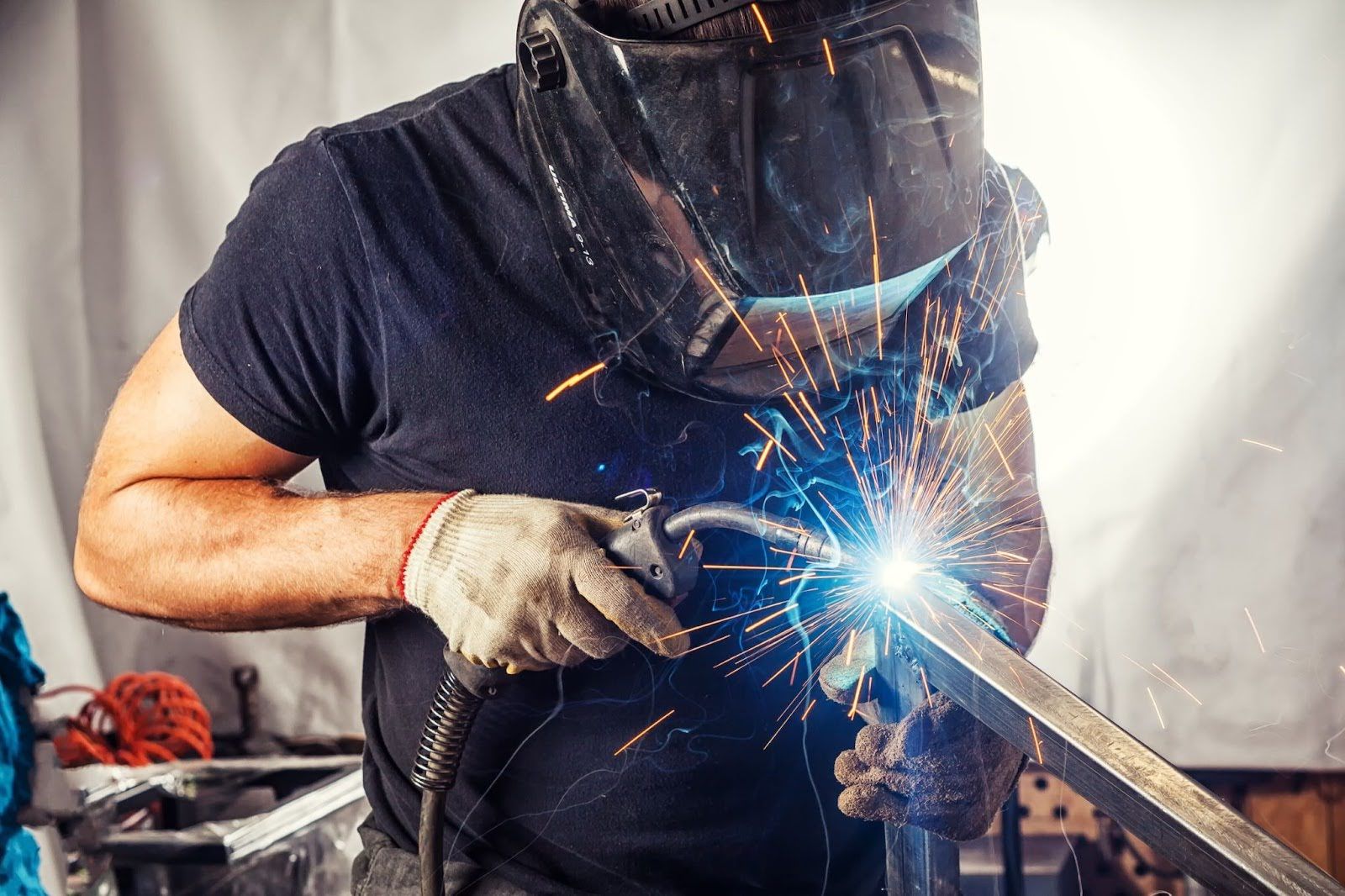Ideal Practices for Preventing Weld Undercut: Understanding the Essentials
Necessary Tips for Welders: Preventing Undercut Welding and Ensuring Stronger Weld Joints
In the realm of welding, accomplishing solid and resilient weld joints is the cornerstone of generating high-grade work. One usual challenge that welders usually run into is undercut welding, which can compromise the honesty of the weld joint.

Comprehending Undercut Welding
Undercut welding is a common welding defect that occurs when the weld metal fails to effectively fill the groove and causes a groove-like clinical depression along the weld bead. This problem deteriorates the weld joint, making it susceptible to splitting and failing under stress. Damaging can be triggered by various aspects, including extreme welding current, high welding rate, improper electrode angle, inaccurate electrode size, and poor welding technique.
Among the primary factors for undercut welding is an imbalance in between the welding current and the welding speed. If the welding current is too expensive or the welding rate is too fast, the weld metal might not adequately load the groove, causing damaging. Additionally, utilizing an electrode that is as well big can cause a similar result, as the excess steel can not correctly move right into the groove.
To stop undercut welding, welders should ensure they are using the proper welding parameters, preserve an ideal electrode angle, pick the proper electrode dimension, and method correct welding techniques. By dealing with these variables, welders can lessen the risk of damaging and create more powerful, more reliable weld joints.
Correct Welding Strategy
Reliable welding technique plays a crucial duty in ensuring the top quality and honesty of weld joints. One essential aspect of appropriate welding method is maintaining the proper angle and distance between the welding gun and the workpiece.
In addition, a consistent and regular hand motion is essential for developing solid and sturdy weld joints. Welders should go for smooth, uniform motions to guarantee even circulation of the weld material. Correct adjustment of the welding gun and filler product is additionally essential to attaining optimum penetration and fusion.
Furthermore, regulating the warm input and picking the proper welding parameters based on the material being welded are critical elements in attaining top notch welds - Preventing weld undercut. Welders should adhere to the advised setups offered by welding procedure specs and change them as required based on the particular demands of the task. By mastering correct welding strategies, welders can considerably enhance the strength and dependability of their weld joints
Picking the Right Electrode
When thinking about the importance of selecting the ideal electrode in welding applications,Maintaining the proper angle and distance between the welding weapon and the work surface is fundamental. The selection of electrode plays a vital role in identifying the quality and stamina of the weld joint. Electrodes are available in various kinds, each designed for details objectives and materials.
To start with, choosing the suitable electrode diameter is necessary. Thinner electrodes are ideal for welding thin materials, while thicker electrodes are better for thicker products and greater heat applications. Matching the electrode diameter to the density of the work surface helps achieve a well balanced weld.
Second of all, recognizing the product structure of the electrode is essential. Various electrodes are developed for welding details materials like steel, stainless-steel, light weight aluminum, or cast iron. Utilizing the correct electrode product makes sure excellent fusion and decreases the danger of issues in the weld.
Last but not least, considering the welding placement and technique is essential when choosing the electrode type. As an example, certain electrodes are much better matched for vertical or overhanging welding placements, while others function well for level or straight positions. Selecting the appropriate electrode based upon the welding method enhances the general weld quality and honesty.
Preparing the Base Metal
To guarantee an effective welding procedure, what preliminary actions should be taken when preparing the base steel for welding? Additionally, any type of existing weld product or deposit from previous welding should be eliminated to make certain a clean surface for the new weld.

Conducting Post-Weld Examinations
After performing these analyses, welders must compare the outcomes versus market standards and project requirements to make Recommended Site certain that the weld joint fulfills all essential requirements. Any type of discrepancies or inadequacies uncovered during the post-weld evaluation should be promptly resolved with suitable corrective measures to assure the weld's stability. By diligently executing post-weld assessments and quickly addressing any kind of problems, welders can promote the high quality and reliability of their job, eventually check over here adding to the security and longevity of the bonded structures.
Verdict

Finally, preventing undercut welding and making sure stronger weld joints call for a combination of appropriate welding technique, selecting the right electrode, preparing the base steel correctly, and carrying out post-weld inspections. By comprehending the sources of undercut welding and carrying out the necessary safety measures, welders can generate premium weld joints that fulfill industry requirements and make certain the structural honesty of the bonded components.
Undercut welding is a typical welding defect that happens when the weld steel falls short to correctly fill up the groove and results in a groove-like clinical depression along the weld bead (Preventing weld undercut). Undercutting can be created by various elements, consisting of too much welding existing, high welding speed, incorrect electrode angle, inaccurate electrode dimension, and poor welding technique
One of the primary factors for undercut welding Check Out Your URL is an inequality in between the welding current and the welding speed. If the welding current is as well high or the welding speed is as well quickly, the weld steel may not sufficiently fill up the groove, leading to damaging.Maintaining the appropriate angle and distance between the welding weapon and the work surface is basic when considering the significance of selecting the ideal electrode in welding applications.